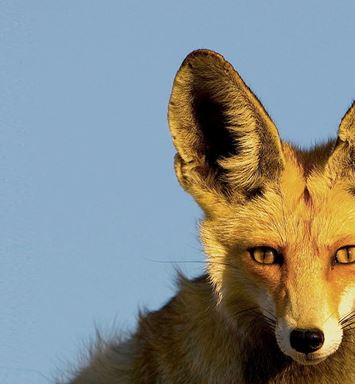Preserving wildlife with Aramco
Sustainability in Aramco biodiversity protection areas
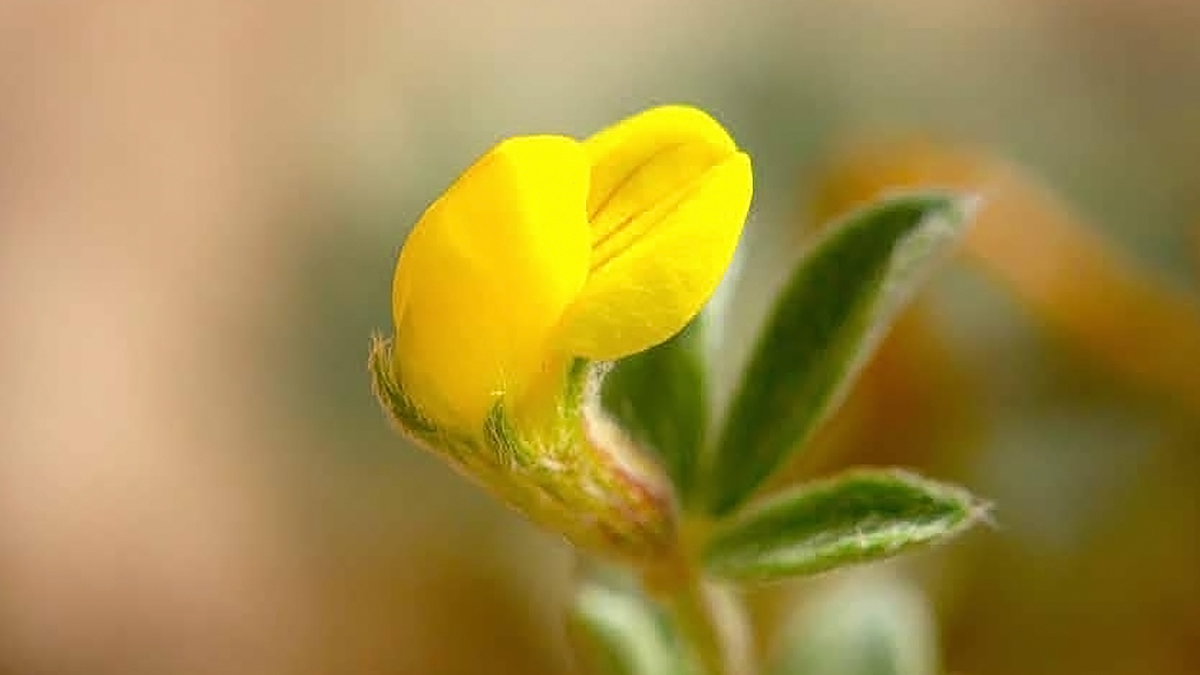
Global October 07, 2018 - By
Protecting the Kingdom’s precious and vulnerable plants and animals
An astonishing array of biodiversity occurs within Saudi Arabia, including no less than 493 bird species, 107 reptiles, 88 mammals, 8 amphibians, 7 freshwater fish and 2,248 plant species, along with countless invertebrates. Much of this biodiversity can be found on Aramco’s reservation areas, particularly inside fenced areas.
Some of the best habitat in the Kingdom occurs on Company land. The biodiversity within our facilities has been protected from hunting, grazing, firewood collection, off-road driving and illegal dumping. In other words, by building security fences around Company facilities we have inadvertently created biodiversity protection areas throughout the Kingdom.
Over the last 5 years the Environmental Protection Department (EPD) has been working with numerous proponent departments to formally designate high value patches of habitat as Aramco Biodiversity Protection Areas as per SAEP-359.
As of 2018, seven sites have been designated as Biodiversity Protection Areas totaling 854 km2 of land.
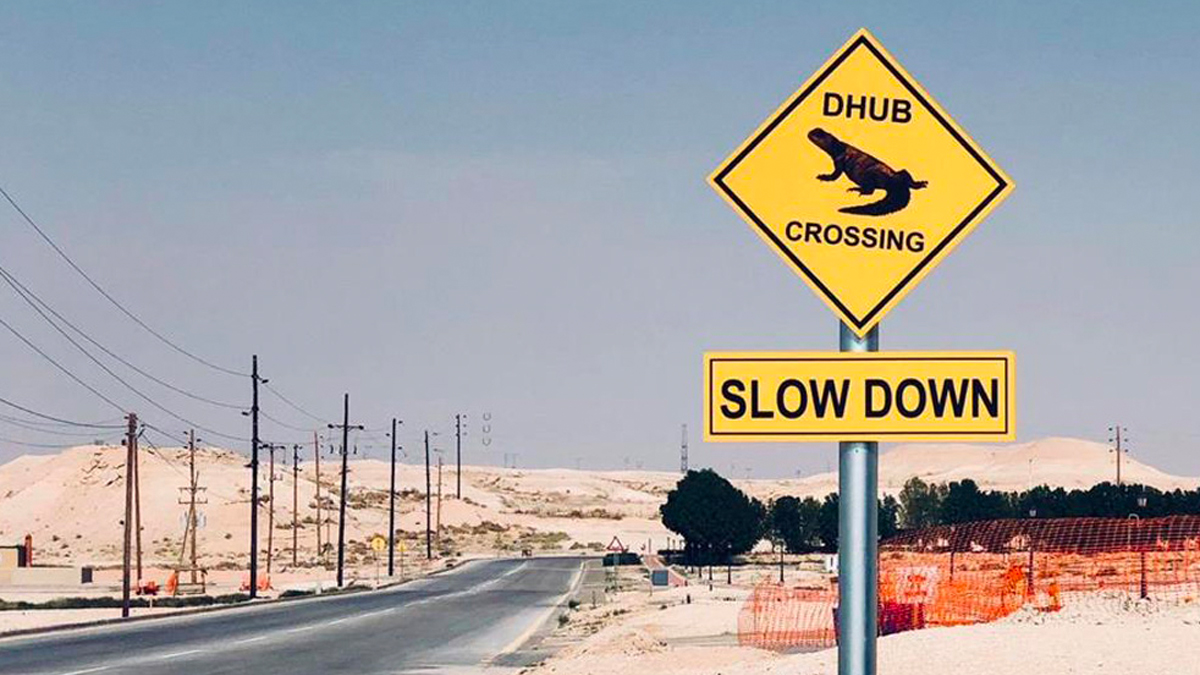
Abqaiq Wetlands Biodiversity Protection Area
One site recently designated as an Aramco Biodiversity Protection Area is the Abqaiq Wetlands. This 2.5-km2 site contains superb wetlands formed from a naturally occurring upwelling of the Neogene aquifer (which otherwise lies below ground) supplemented with tertiary treated wastewater.
Much of the wetlands are covered with dense reeds, which provide food, nest sites and hiding spots for at least 100 different species of resident and migratory birds.
The area around the wetlands consists of intact sand dunes supporting a diversity of native vegetation, which is crisscrossed by innumerable mammal and reptile tracks. By night, small mammals such as the Desert Hedgehog, Wagner’s Gerbil, and Arabian Red Fox feed on invertebrates on the ground, while Kuhl’s Pipistrelle Bats feed on insects in the air. By day, dozens of migratory birds feed on invertebrates and small fish in the water. It’s a thriving ecosystem of regional significance.
The site has been fenced to prevent illegal dumping and piles of previously dumped debris have been cleared. Feral dogs have been controlled to reduce their impacts on nesting birds. What’s more, two bird hides — the first in the Kingdom — have been constructed to allow visitors to watch birds without disturbing the animals.
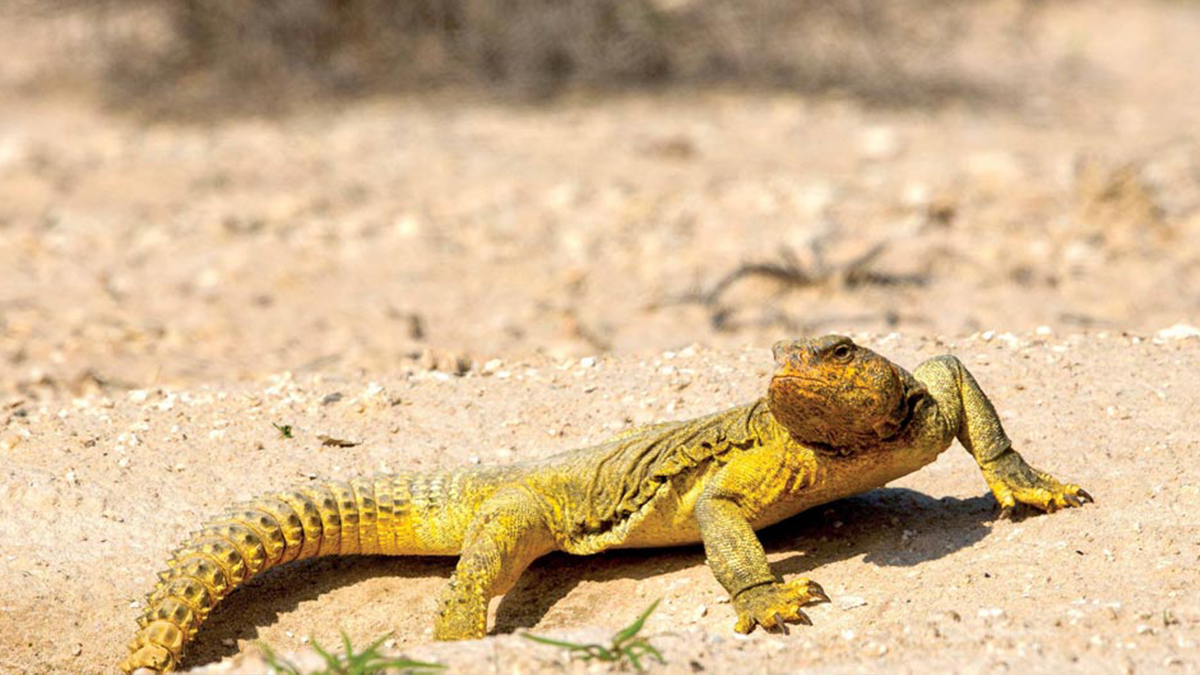
‘Udhailiyah Biodiversity Protection Area
Another patch of habitat that was recently designated as a Biodiversity Protection Area can be found at ‘Udhailiyah. A thorough plant survey had revealed that the 2.3-km2 fenced site contains the very rare Ephedra alata plant, which had not been recorded within the Eastern Province for over 20 years, along with 48 other desert plant species. These plants support a diversity of desert-adapted animals, including at least six mammal species, seven reptiles and 35 birds.
For example, many desert-adapted larks occur at the site; in spring, the males broadcast their loud, musical, flute-like tunes that float across the wide-open plains of ‘Udhailiyah like a call to prayer, bringing joy to anyone lucky enough to listen.
Significantly, a healthy population of Dhub occurs around ‘Udhailiyah. These Spinytailed Lizards are formally listed internationally as vulnerable to extinction and decreasing globally, which means these iconic reptiles are at risk of becoming extinct within our lifetime. By establishing the ‘Udhailiyah Biodiversity Protection Area, Aramco is helping to conserve these remarkable reptiles.
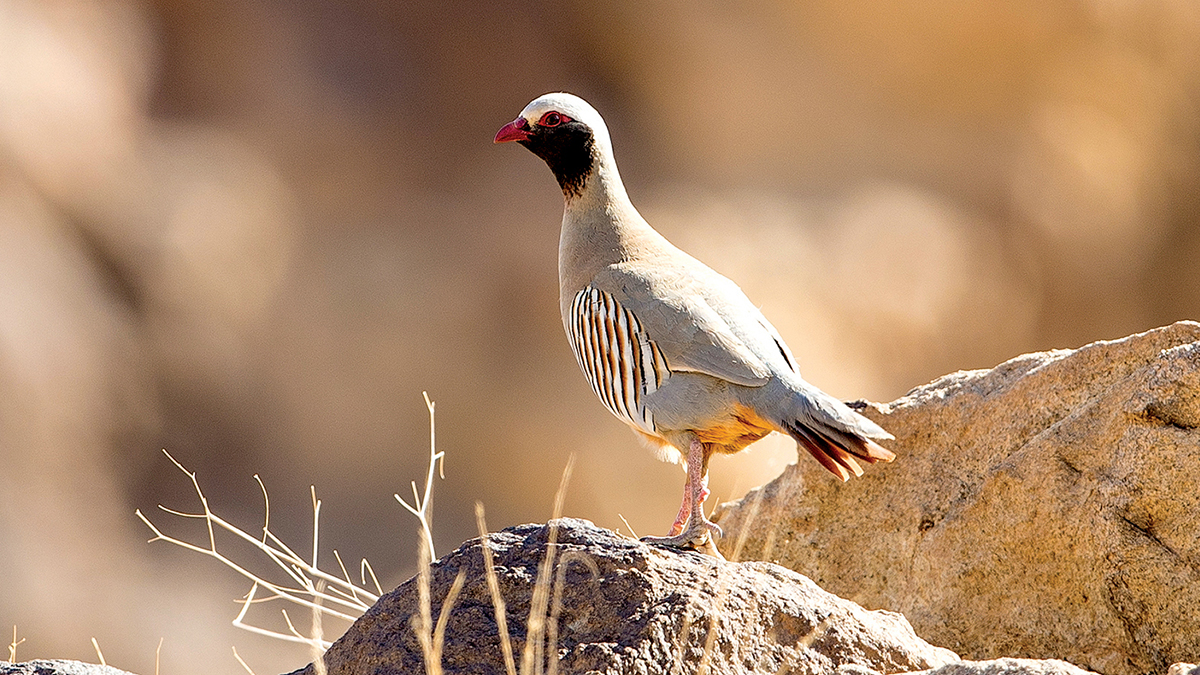
How Aramco designates Biodiversity Protection Area
In 2014, EPD developed a Company procedure (SAEP-359 Biodiversity Protection Areas: Designation and Management) that outlines the simple steps required to designate Aramco Biodiversity Protection Areas over high quality habitat.
Essentially, the procedure requires a third-party consultant to confirm that a proposed site is of sufficient ecological quality to warrant designation as an Aramco Biodiversity Protection Area.
Almost every Company facility seems to have at least one patch of high quality habitat within its reservation area. These patches of vegetation may be as small as 100 m x 100 m; others may cover many square kilometers.
In many cases, this habitat can be protected at very little cost and with very little risk to the Company. Protecting these patches of habitat can be a source of great pride and benefit for the Company and its employees.
Together, these patches of high quality habitat help to protect the Kingdom’s precious and vulnerable plants and animals.
The importance of this cannot be overstated. After all, they need our help.
